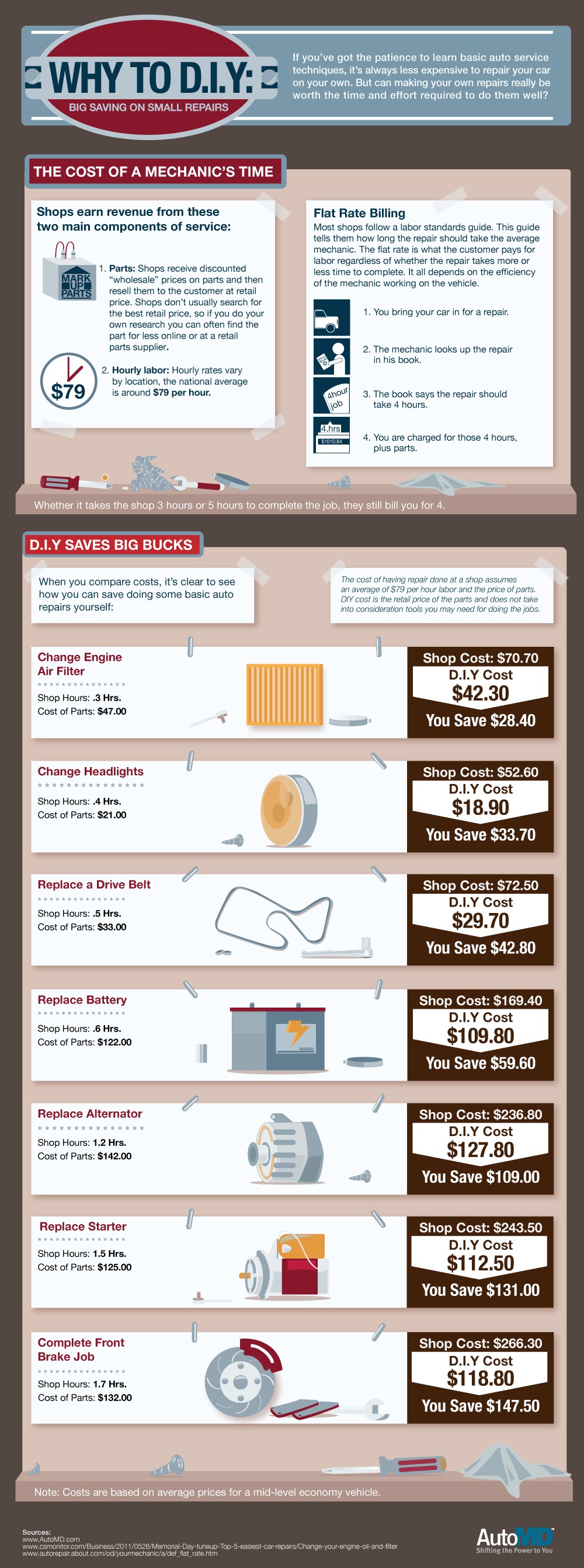Wondering Concerning The Meaning Behind Those Control Panel Warning Lights? Gain Insights Into Their Implications For Your Vehicle'S Safety And Security And Maintenance
Wondering Concerning The Meaning Behind Those Control Panel Warning Lights? Gain Insights Into Their Implications For Your Vehicle'S Safety And Security And Maintenance
Blog Article
Post Writer-Hartley Dalgaard
When you lag the wheel, those radiant caution lights on your dashboard can be a little bit bewildering. Do you know what they're trying to inform you about your vehicle's wellness? Understanding the value of these lights is essential for your safety and the long life of your vehicle. So, the next time one of those lights turns up, would not you wish to understand its message accurately and take the needed steps to resolve it?
Common Warning Lighting and Interpretations
Determine usual caution lights in your vehicle and recognize their significances to ensure secure driving.
The most common caution lights include the check engine light, which signals concerns with the engine or exhausts system. If this light comes on, it's important to have your car checked without delay.
The oil pressure cautioning light suggests low oil pressure, needing immediate focus to avoid engine damage.
A blinking battery light might suggest a damaged billing system, possibly leaving you stranded if not dealt with.
The tire stress monitoring system (TPMS) light informs you to reduced tire pressure, influencing automobile stability and gas performance. Neglecting this might result in risky driving problems.
The abdominal light indicates a problem with the anti-lock stopping system, compromising your capacity to stop swiftly in emergency situations.
Finally, stek ceramic coating alerting light warns of engine getting too hot, which can result in serious damage if not settled quickly.
Comprehending these typical caution lights will aid you address issues promptly and keep risk-free driving conditions.
Relevance of Prompt Attention
Comprehending the typical warning lights in your auto is only the initial step; the relevance of promptly dealing with these warnings can not be stressed enough to guarantee your safety and security when driving.
When a caution light illuminates on your dashboard, it's your car's way of connecting a possible concern that needs attention. Disregarding these cautions can lead to extra serious problems later on, endangering your security and possibly costing you more in repairs.
Trigger attention to alerting lights can protect against breakdowns and accidents. As an example, a blinking check engine light might indicate a misfire that, if left unattended, might create damage to the catalytic converter. Addressing this immediately can conserve you from an expensive fixing.
In a similar way, a brake system alerting light could signal reduced brake fluid or used brake pads, crucial components for your security when driving.
DIY Troubleshooting Tips
If you observe a caution light on your control panel, there are a couple of DIY troubleshooting suggestions you can try before looking for specialist assistance.
The initial step is to consult your automobile's handbook to recognize what the specific caution light shows. Sometimes the problem can be as simple as a loosened gas cap causing the check engine light. Tightening the gas cap may resolve the issue.
https://www.ign.com/wikis/v-rising/Beginner's_Guide:_Basics,_Features,_and_Tips_For_Getting_Started is a reduced battery, which can cause numerous warning lights. Checking the battery connections for rust and ensuring they're protected may deal with the trouble.
If a warning light continues, you can attempt resetting it by separating the automobile's battery for a few mins and afterwards reconnecting it. Additionally, checking your automobile's liquid levels, such as oil, coolant, and brake liquid, can aid repair advising lights connected to these systems.
Verdict
To conclude, comprehending your automobile's warning lights is essential for maintaining your vehicle running efficiently and safely. By quickly dealing with these notifies and recognizing what they mean, you can avoid pricey fixings and potential breakdowns.
Keep in mind to consult your cars and truck's handbook for certain details on each cautioning light and do something about it accordingly to make certain a hassle-free driving experience.
Keep educated, remain safe when driving!
